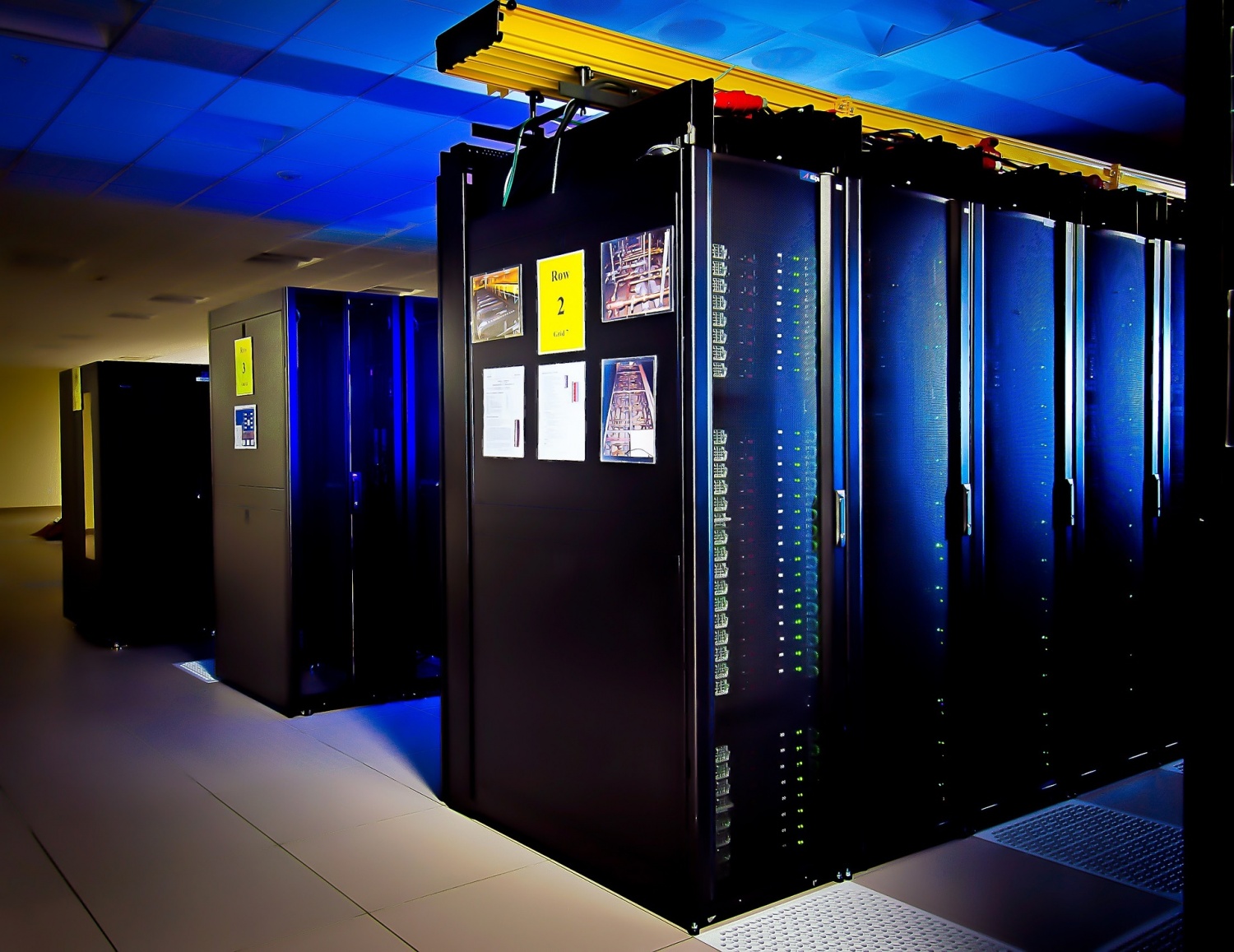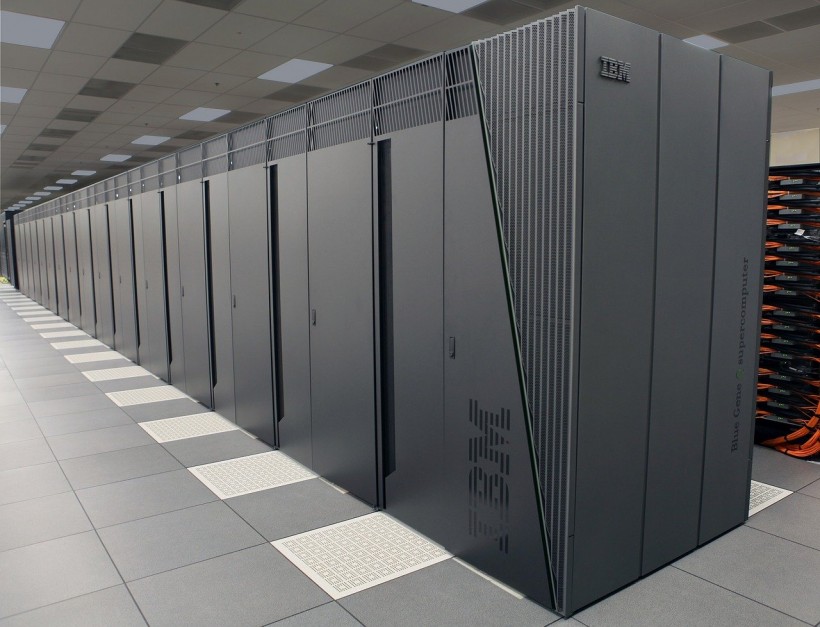
The new coronavirus has been given a fearsome new enemy. The speed of viral transmission is what the world's fastest supercomputer was built for.
Researchers have used IBM's innovation to know which drug compounds could prevent the coronavirus from infecting host cells. The supercomputer, after multiple days of calculations, found at the least 77 compounds that indicate they might potentially help in preventing SARS-CoV-2 from invading human cells.
The findings discovered by the U.S. Department of Energy's Oak Ridge National Laboratory (ORNL) were recently published in a paper to be had on the preprint server ChemRxiv.

The surfaces of coronaviruses are blanketed in spikey crown-like proteins (hence the name) that permit the viruses to bind to and infect human cells, a chunk like a lock and key. By understanding the illness, working on a vaccine with the help of the supercomputer might be powerful in beating COVID-19.
ALSO READ: IBM's Latest Supercomputer Inspired By The Human Brain: How Powerful Is It?
How Summit fights coronavirus
In a statement, study author Jeremy Smith from the University of Tennessee said decoding the virus took his team a day or two. He added it would have taken them months to discover things on a regular computer.
Of course, there's no guarantee any of the compounds observed through the supercomputer would be mighty in practice. Furthermore, just like any drug, it'll require massive testing and medical trials earlier than we see it as a viable treatment. However, the supercomputer's paintings have helped to identify a few promising applicants for researchers to observe upon.
"Our effects don't mean that we have located a therapy or remedy for COVID-19," stated Smith. "We are very hopeful, though, that our computational findings will both inform future studies and provide a framework that experimentalists will use to similarly look into these compounds. Only then do we know whether or not any of them show off the characteristics had to mitigate this virus."
Viruses infect host cells by injecting them with a "spike" of genetic material. Summit's job is to locate drug compounds that could bind to that spike and potentially stop the unfold.
Oak Ridge researcher Micholas Smith, according to CNN, created a model of the coronavirus spike based on research published in January. With Summit, Smith simulated how the atoms and particles within the viral protein might react to distinct compounds.
The supercomputer ran simulations of over 8,000 compounds that would bind to the spike protein of the virus, which could limit its capability to unfold to host cells. Summit recognized 77 of them and ranked them based on how probable they had been to bind to the spike.
Summit was originally built to solve the world's problems
Summit was commissioned through the U.S. Department of Energy in 2014 to fix the world's problems.
The supercomputer got the power of 200 petaflops. Because of this, IBM's innovation has the computing velocity of 2 hundred quadrillion calculations per second. Hence, it's 1 million times more effective than the quickest laptop.
ALSO READ: Biological Supercomputer Can Solve Complex Problems Using Less Energy
The crew will run the simulations on the Summit again, using a more correct version of the coronavirus' spike that was posted this month.
Smith said the study results don't mean the team has already determined a remedy or treatment for the coronavirus. However, he clarified the findings should inform future studies. And those research are essential to create the most effective coronavirus vaccine.









